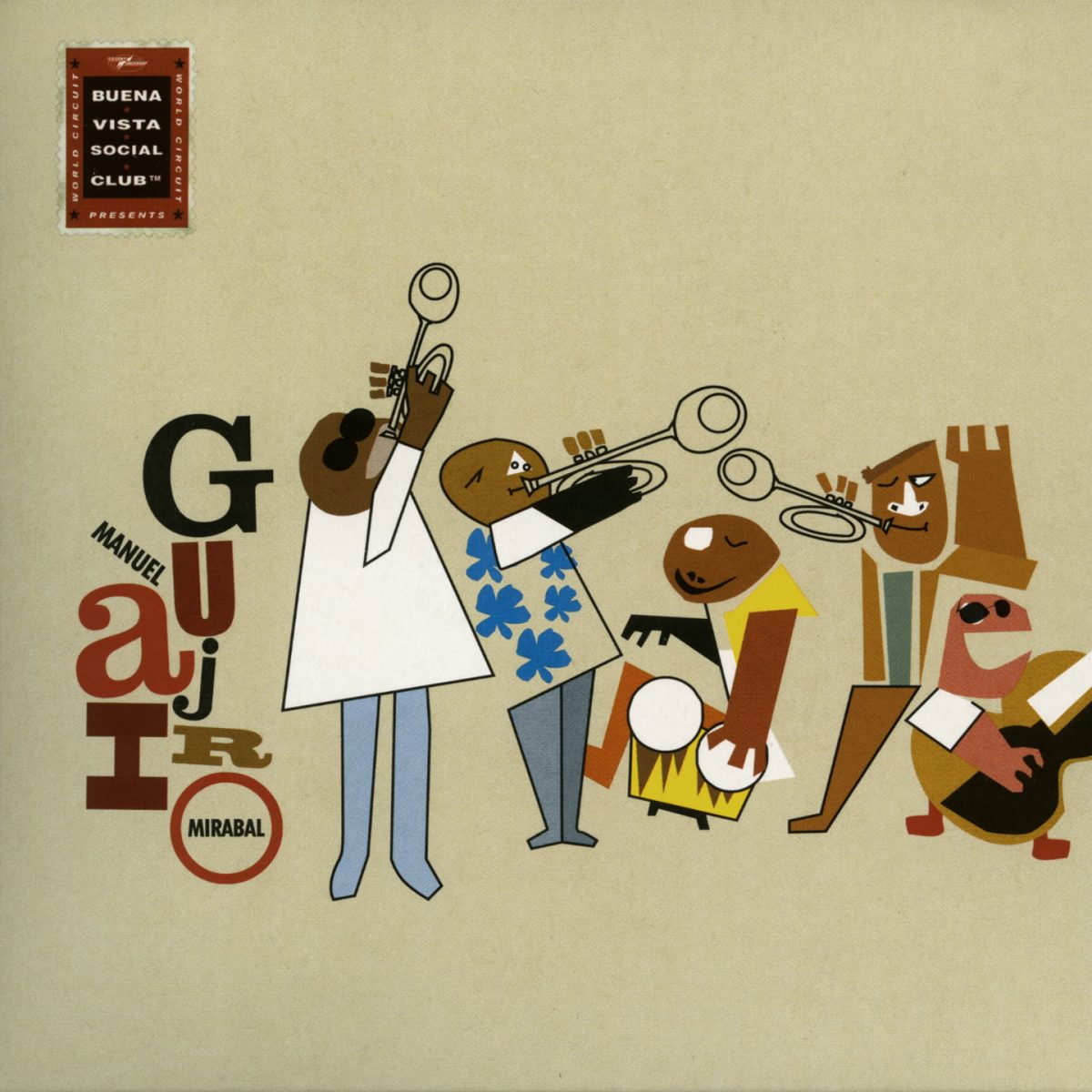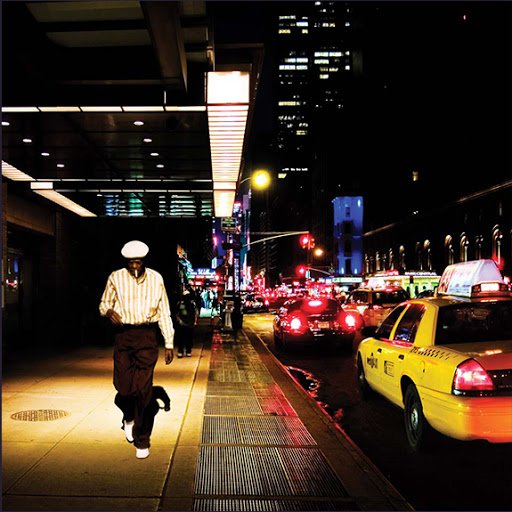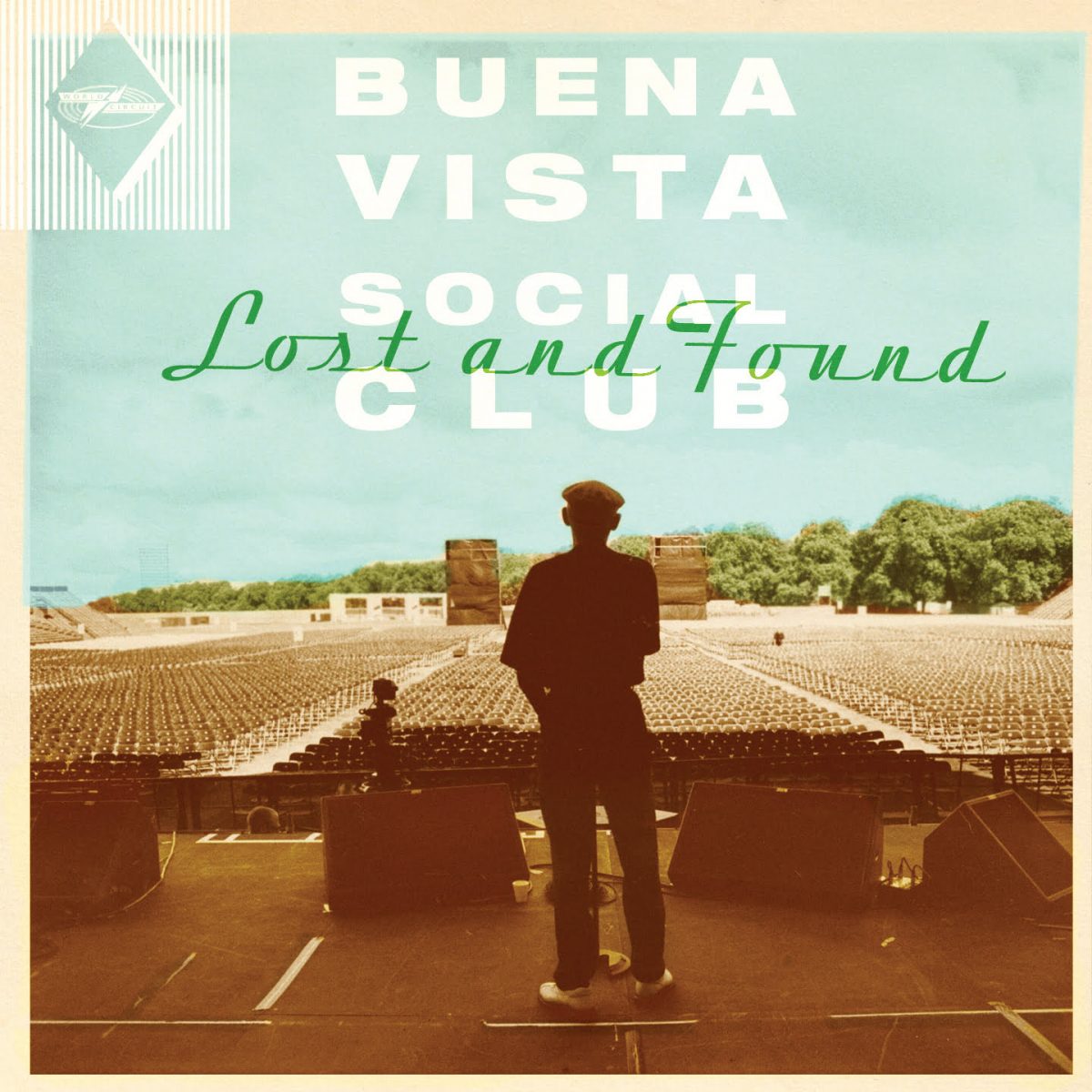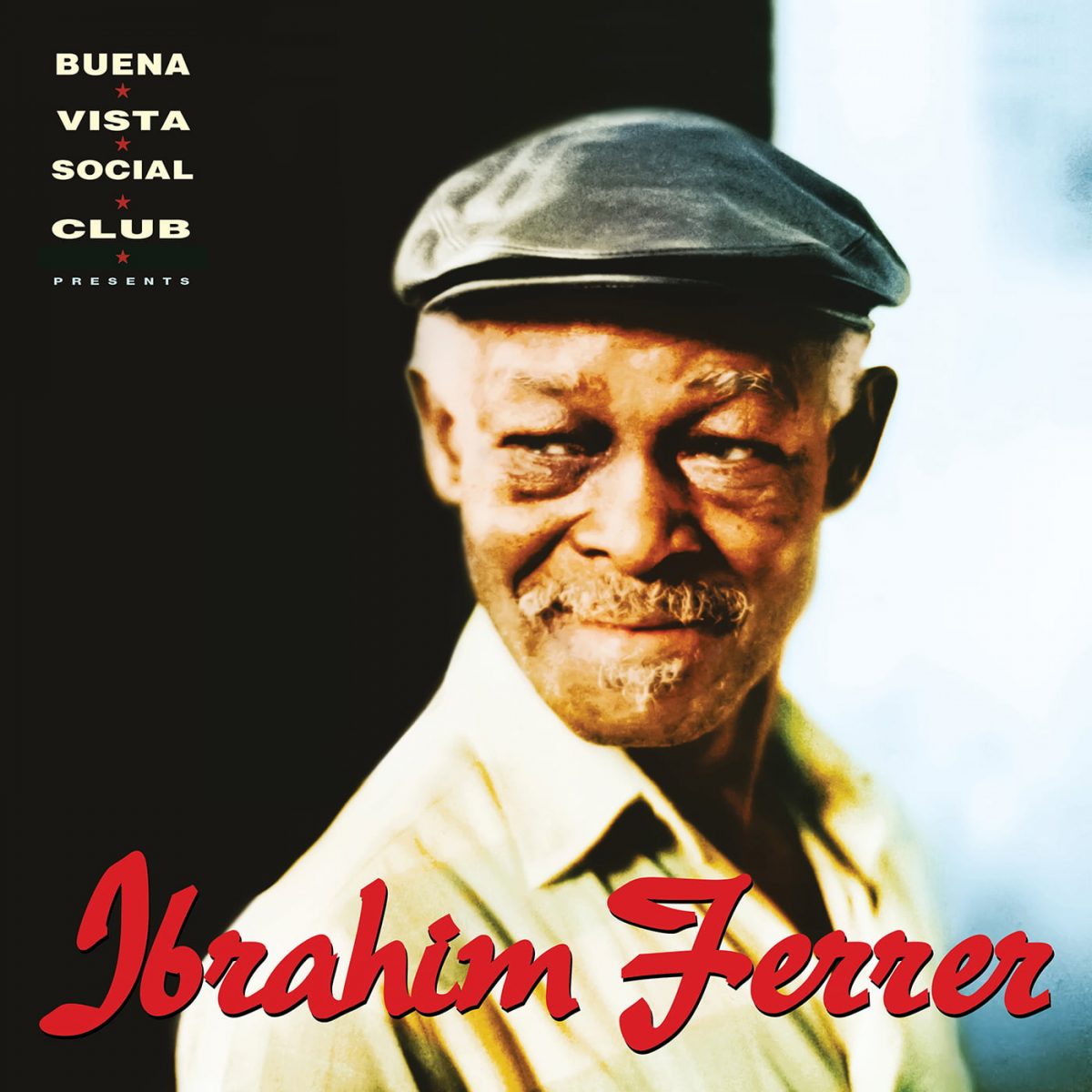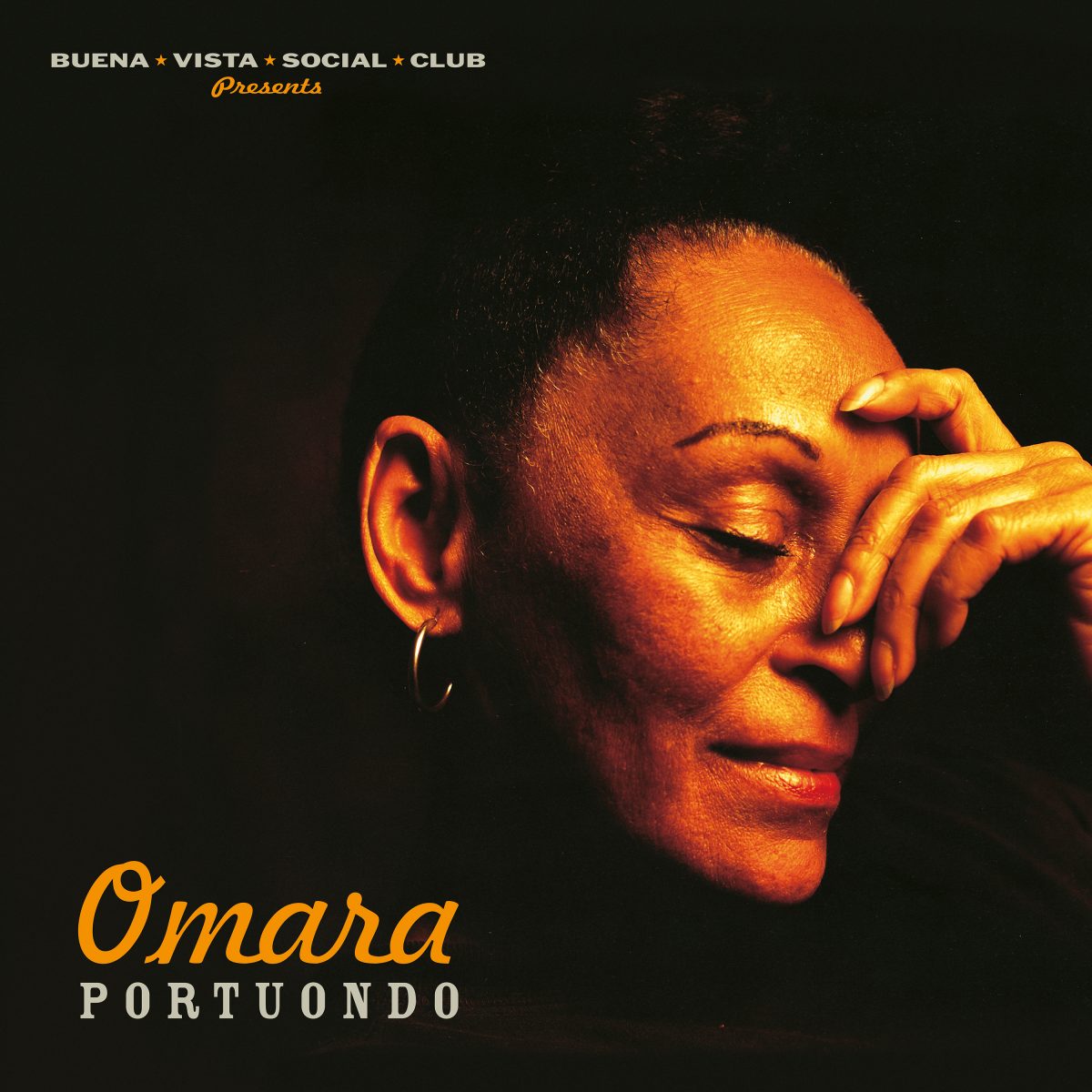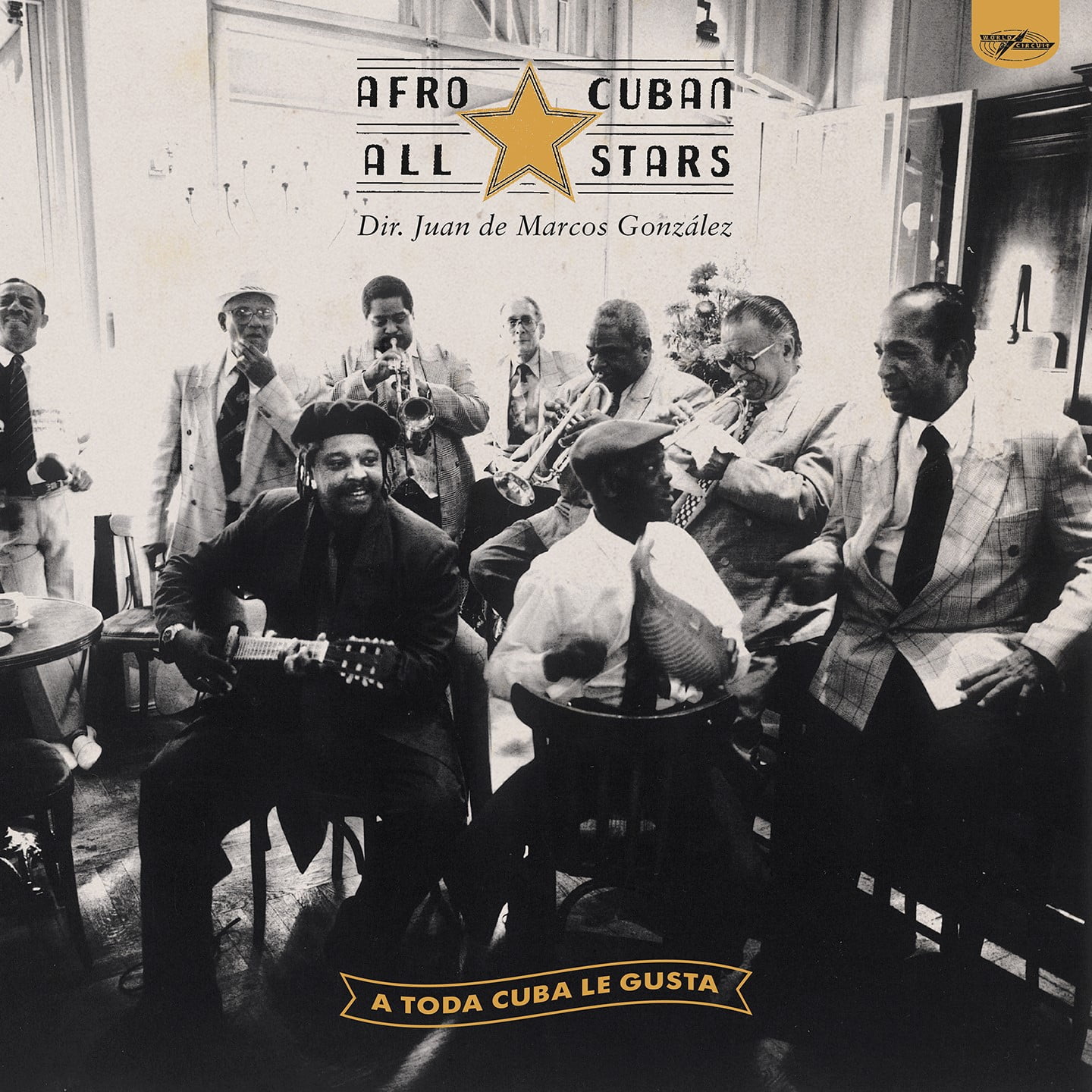Manuel ‘Guajiro’ Mirabal
Biography
The solo album from trumpeter Guajiro Mirabal was one of the last of the Buena Vista spin-offs in 2004, yet it was warmly welcomed as one of the best. And no wonder, it’s the work of one of Cuba’s greatest musicians paying tribute to the country’s golden age of dance music.
His nickname ‘Guajiro’ means ‘country boy’ or ‘rustic’. “It was [singer] Tito Gómez who gave it to me,” Guajiro explains. “When I was playing in the Riverside Orchestra in 1960, he said ‘Are you from round here, in Havana?’ I said ‘No, from a village in the province of Havana’. ‘Ah, so you’re a Guajiro!’ And ever since then I’ve been Guajiro.”
He was born in 1933 in Melena del Sur, a small town outside the capital where his father was director of the municipal band. Young Luis Manuel was immersed in music from an early age, learning at his father’s knee and listening to his sister studying singing & piano. He tried out a few instruments including the clarinet and saxophone, before settling on the trumpet at eleven years of age. The trumpet carries a great deal of prestige in Cuba, particularly for its prominent role in conjunto dance bands. To his father’s delight he took to it prodigiously quickly, turning professional a mere seven years later with the Conjunto Universal, a traditional Cuban band playing in small venues around the city.
From the 1950s Guajiro played with several significant bands in Havana including the Conjunto Rumbavana, the Riverside Orchestra at the glitzy Tropicana Club and the Orquesta Cubana de Música Moderna. With a hand-picked supergroup of over thirty of Cuba’s greatest musicians, the historic Estrellas De Areito sessions of 1979 featured Guajiro. These recordings achieved legendary status amongst musicians and connoisseurs, but remained largely unknown until they were released internationally by World Circuit in 1998.
Less well known was the fact that Guajiro was a member of both the National Revolutionary Militia’s ceremonial band and the General Staff band of the Cuban army. He played in welcome ceremonies for numerous heads of state, gracing the tarmac of Havana’s airport with ear-splitting fanfares.
In 1996 Guajiro was booked to play on the debut recording of the Afro-Cuban All Stars put together by Juan de Marcos González and then the hastily assembled Buena Vista Social Club recording that followed. Guajiro then featured on many of the subsequent albums by Ibrahim Ferrer, Rubén González, Omara Portuondo and others.
The solo album from Guajiro, Buena Vista Social Club Presents Manuel Guajiro Mirabal (2004) is a tribute to one of the great figures in Cuban music, Arsenio Rodríguez (1911-1970). Also known as ‘El Ciego Maravilloso’ (The Blind Marvel) he’s credited with inventing the mambo rhythm and creating the larger conjunto dance bands, with three trumpets, that became a craze in the 1940s and ‘50s. “When Arsenio was famous I was still living in my village in Melena, but we never got to play together, although he was a great inspiration” Guajiro says. All of the tracks were written by or associated with Arsenio, and he creates the classic conjunto sound with many of the Buena Vista musicians plus Luis Alemañy and Alejandro Pichardo, his trumpet colleagues from the Tropicana cabaret. A gleaming, burnished trumpet sound shines throughout. The final song ‘Dombe Dombe’ is played by pianist Rubén González, who played it with Arsenio in the early 1940s. As with the Buena Vista album, the album was made at the EGREM studios in Havana, recorded by Jerry Boys and produced by Nick Gold.
Guajiro toured with the Buena Vista artists until the final Adios Tour in 2015, but his solo album, recorded when he was 71, is a glittering jewel in the Buena Vista series.
BIOGRAPHY
The solo album from trumpeter Guajiro Mirabal was one of the last of the Buena Vista spin-offs in 2004, yet it was warmly welcomed as one of the best. And no wonder, it’s the work of one of Cuba’s greatest musicians paying tribute to the country’s golden age of dance music.
His nickname ‘Guajiro’ means ‘country boy’ or ‘rustic’. “It was [singer] Tito Gómez who gave it to me,” Guajiro explains. “When I was playing in the Riverside Orchestra in 1960, he said ‘Are you from round here, in Havana?’ I said ‘No, from a village in the province of Havana’. ‘Ah, so you’re a Guajiro!’ And ever since then I’ve been Guajiro.”
He was born in 1933 in Melena del Sur, a small town outside the capital where his father was director of the municipal band. Young Luis Manuel was immersed in music from an early age, learning at his father’s knee and listening to his sister studying singing & piano. He tried out a few instruments including the clarinet and saxophone, before settling on the trumpet at eleven years of age. The trumpet carries a great deal of prestige in Cuba, particularly for its prominent role in conjunto dance bands. To his father’s delight he took to it prodigiously quickly, turning professional a mere seven years later with the Conjunto Universal, a traditional Cuban band playing in small venues around the city.
From the 1950s Guajiro played with several significant bands in Havana including the Conjunto Rumbavana, the Riverside Orchestra at the glitzy Tropicana Club and the Orquesta Cubana de Música Moderna. With a hand-picked supergroup of over thirty of Cuba’s greatest musicians, the historic Estrellas De Areito sessions of 1979 featured Guajiro. These recordings achieved legendary status amongst musicians and connoisseurs, but remained largely unknown until they were released internationally by World Circuit in 1998.
Less well known was the fact that Guajiro was a member of both the National Revolutionary Militia’s ceremonial band and the General Staff band of the Cuban army. He played in welcome ceremonies for numerous heads of state, gracing the tarmac of Havana’s airport with ear-splitting fanfares.
In 1996 Guajiro was booked to play on the debut recording of the Afro-Cuban All Stars put together by Juan de Marcos González and then the hastily assembled Buena Vista Social Club recording that followed. Guajiro then featured on many of the subsequent albums by Ibrahim Ferrer, Rubén González, Omara Portuondo and others.
The solo album from Guajiro, Buena Vista Social Club Presents Manuel Guajiro Mirabal (2004) is a tribute to one of the great figures in Cuban music, Arsenio Rodríguez (1911-1970). Also known as ‘El Ciego Maravilloso’ (The Blind Marvel) he’s credited with inventing the mambo rhythm and creating the larger conjunto dance bands, with three trumpets, that became a craze in the 1940s and ‘50s. “When Arsenio was famous I was still living in my village in Melena, but we never got to play together, although he was a great inspiration” Guajiro says. All of the tracks were written by or associated with Arsenio, and he creates the classic conjunto sound with many of the Buena Vista musicians plus Luis Alemañy and Alejandro Pichardo, his trumpet colleagues from the Tropicana cabaret. A gleaming, burnished trumpet sound shines throughout. The final song ‘Dombe Dombe’ is played by pianist Rubén González, who played it with Arsenio in the early 1940s. As with the Buena Vista album, the album was made at the EGREM studios in Havana, recorded by Jerry Boys and produced by Nick Gold.
Guajiro toured with the Buena Vista artists until the final Adios Tour in 2015, but his solo album, recorded when he was 71, is a glittering jewel in the Buena Vista series.

